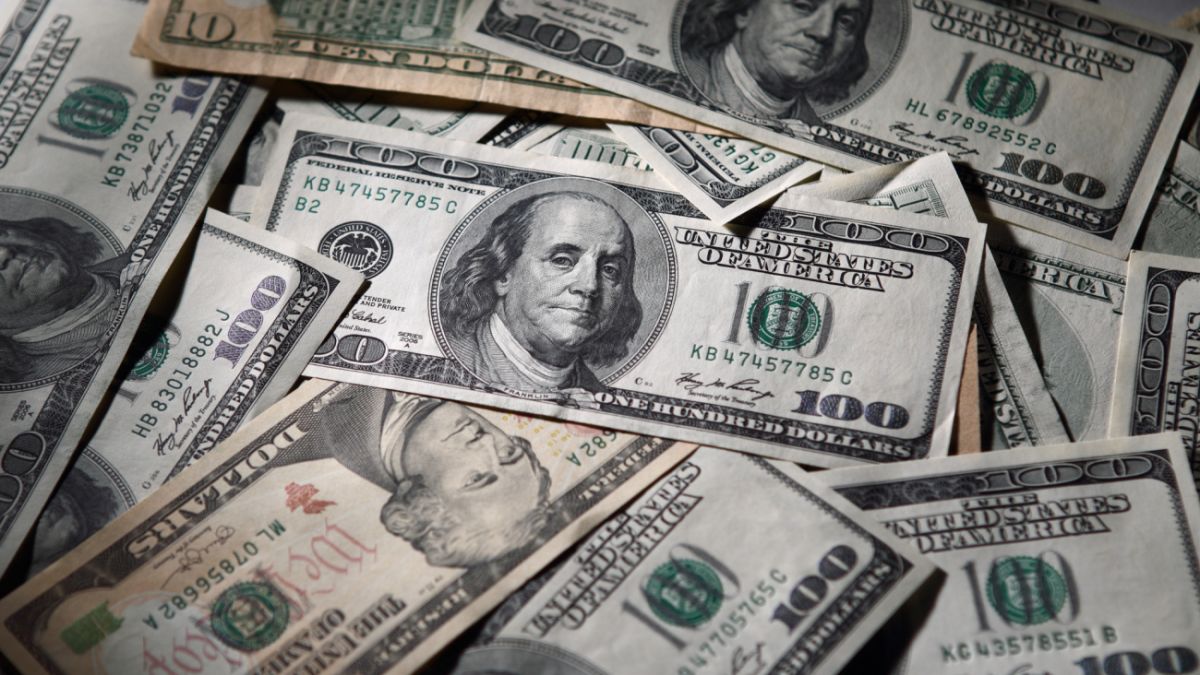Britain has provided Ukraine with almost $1 billion from frozen assets of the Russian Federation
14 April 23:33
The United Kingdom has sent 752 million pounds ($991 million) to Ukraine as part of a G7 loan using proceeds from frozen Russian assets. This was announced by the British government, "Komersant Ukrainian" reports
“The funding will support Ukraine in the purchase of vital military equipment, including an urgently needed air defense system,” the statement said
It is noted that this British tranche is the second of three planned payments totaling 2.26 billion sterling. The first payment was made in early March and also amounted to 752 million pounds. The remaining funds will be disbursed in 2026.
“A strong Ukraine is vital to the UK’s national security, and this second tranche of funding will help put them in the strongest possible position and contribute to our collective security,” said British Finance Minister Rachel Reeves.
Earlier it became known that the UK will provide Ukraine with a loan of 2.26 billion pounds (about 2.93 billion dollars), at the expense of proceeds from frozen Russian assets.
Legal and political obstacles
The use of frozen assets is a complex issue. European leaders want to use these funds to rebuild Ukraine, but face legal challenges. The confiscation of sovereign assets could set a dangerous precedent in international law.
For now, the US and EU have agreed to use only excess interest earnings to provide loans to Ukraine, avoiding direct confiscation.
Russia calls such plans “robbery,” although Reuters sources have reported that Moscow may agree to use some of the assets to restore the occupied territories.
In 2024, the US Congress passed the “Restoring Economic Prosperity and Opportunity for Americans Act,” which allows the president to confiscate Russian assets in the United States. However, Washington has never seized assets of the central bank of a country that is not at war, which adds to the complexity.
What is known about the frozen assets of the Russian Federation?
In response to Russia’s full-scale invasion of Ukraine, the EU froze Russian assets in Europe. According to media reports, these are assets worth about $300 billion.
The profits from these assets were decided to be used to help Ukraine. Thus, the leaders of the Group of Seven agreed on a $50 billion loan to Ukraine, which will be repaid from these profits.
In February 2024, the EU Council decided that central securities depositories that hold assets and reserves of the Central Bank of Russia worth more than one million euros that were frozen by sanctions must set aside emergency cash balances and cannot dispose of subsequent net income.
In May, the EU Council adopted a number of legal acts that allow these net revenues to be used in favor of Ukraine. Thus, at the end of 2024, Ukraine received $1 billion from the United States from frozen Russian assets.
Follow us on Telegram: the main news in a nutshell
EU sanctions against Russia
The European Union has already imposed 14 sanctions packages against Russia in response to its aggression against Ukraine. The sanctions cover a wide range of measures aimed at weakening the Russian economy and limiting Russia’s ability to wage war.
Key sanctions include freezing the assets of Russian officials, including President Putin, restricting Russia’s access to EU financial markets, a ban on imports of Russian energy (coal, oil), and restrictions on exports of dual-use technologies and goods that could contribute to Russia’s military capabilities.
The EU also imposed sanctions against Russian banks, excluding some of them from the SWIFT system, banned Russian ships and trucks from accessing EU ports and territory, and restricted the activities of Russian media in the Union. In addition, restrictions were imposed on investments in the Russian energy sector and a ban on the export of luxury goods to Russia.
The sanctions also target individuals and organizations involved in the aggression against Ukraine, including politicians, military, businessmen and propagandists. The EU regularly expands its sanctions lists, adding new names and tightening existing restrictions.
The latest sanctions packages are aimed at combating sanctions circumvention, strengthening export and import controls, and restricting Russia’s access to technologies and goods that could be used for military purposes. the 14th package of sanctions for the first time affected Russian gas, but did not hit it. The 14th package also imposed sanctions on Russia’s SWIFT analog.
Follow us on Telegram: the main news in brief









